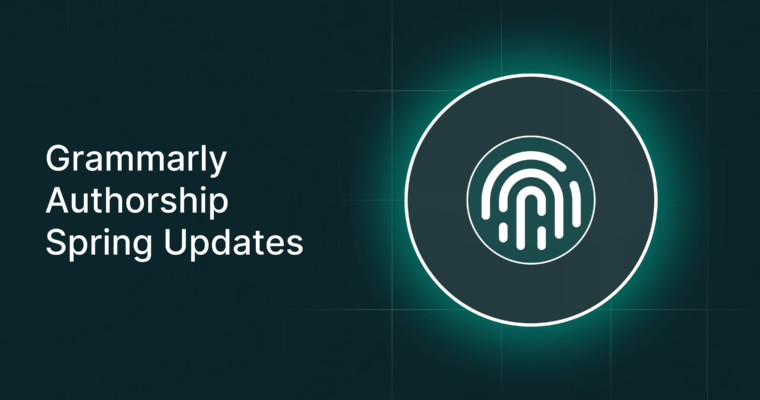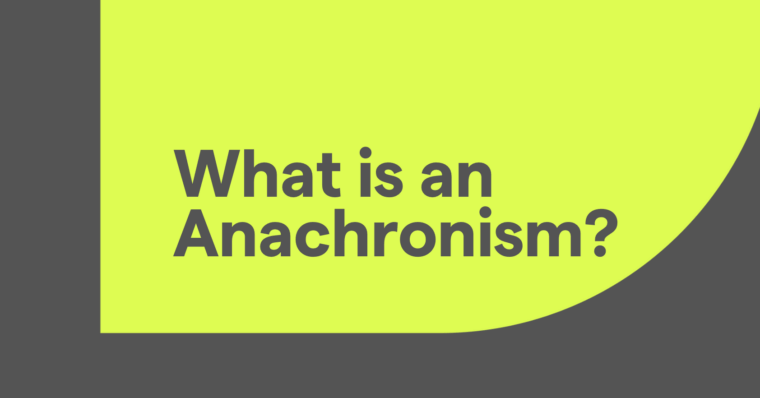
Reference page versus bibliography: These two terms are often mixed up or used interchangeably, leading many students, researchers, and academic authors to wonder, what’s the difference? Below, we explain what each is and show that, despite their differences, the two have plenty in common.
Is a bibliography the same as a reference page?
Under the technical definition of a bibliography, a reference page is a type of bibliography. Each is essentially a list of fully written-out citations for all the sources used in a research paper or other work.
However, bibliography is also the name used in one specific type of style format (Chicago), whereas reference page is the name used in another format (APA). Because these two formats follow different guidelines, a Chicago bibliography is not the same as an APA reference page.
Let’s take a closer look at each definition.
What is a bibliography?
To put it briefly, a bibliography is a list of sources—it’s a section at the end of a piece of academic writing that lists the research sources used and their publication details. The intent of a bibliography is to identify the origin of ideas and information given in the work, and to make it easy for readers to find the same sources if they’re interested.
However, in scholarly works like research papers, the term bibliography is commonly associated with the Chicago format. While all major academic formats require a bibliography, only Chicago calls it that (if you’re using the notes-bibliography system); the others use their own names, like “reference page” in APA and “works cited page” in MLA.
What is a reference page?
A reference page is the term for the bibliography section of academic papers written in the APA format. It fulfills the same functions as other bibliographies: It lists the full citations of the research sources used in the work, including publication details, so readers can track them down. The title “References” is written at the top of this section in APA.
Reference page vs. bibliography: What’s the difference?
What are the differences between a reference page and a bibliography? Really, it’s the difference between the Chicago and APA formats. Each style guide has its own rules for how to properly write a full citation for this section, as well as the formatting for the pages themselves.
Keep in mind that reference pages and bibliographies only deal with full citations; in-text citations are another topic, and each format has specific guidelines for those, too. You can see a more in-depth comparison of how to cite sources in APA, MLA, and Chicago in our citation examples guide.
If you find yourself struggling to format your citations correctly, our free citation generator can save you time.
Rules for writing an APA reference page
APA formatting rules
- Use a 1-inch margin on all sides of the paper.
- Include the APA running head (in other words, a page header). For student papers, the running head contains only the page number, flush right.
- Write the title “References” bolded and centered at the top of the page.
- Use double space.
- Place the reference page after the body text, but before other appendices or tables.
APA full citations rules
- Always start the reference page on a new page.
- Use a hanging indent of 0.5 inches for all entries. A hanging indent means indent every line except the first.
- Invert the author names so that the surname (last name) comes before the first name. Separate the names with a comma.
- Use initials with periods instead of the author’s first name; e.g., write Louisa May Alcott as Alcott, L. M.
- If a work has more than one author, list the names in the same order the source uses. Separate each name with a comma and use an ampersand (&) before the final author.
- Use sentence case for most titles (capitalize only the first letter of the first word). However, for the titles of periodicals, use headline capitalization (capitalize the first letter of every major word), e.g., Journal of Experimental Psychology.
- Organize entries alphabetically by author surname. If the same author is the only credit for multiple sources, list those sources chronologically by publication, not alphabetically. For works with no authors, use the first word in the entry, typically part of the title.
- Use the recommended APA format for each type of source, such as book, article, or website. You can find a list of our guides for citing each type of source in APA at the end of the article APA Format and Citations: Everything You Need to Know.
APA reference page example
17
Reference
Brown, D. (2022). Quitting Twitter? What people say about life after social media. The Wall Street Journal. https://www.wsj.com/articles/quitting-twitter-what-people-say-about-life-after-social-media-11651415387
Kohout, S., Kruikemeier, S., & Bakker, B. N. (2023). May I have your attention, please? An eye tracking study on emotional social media comments. Computers in Human Behavior, 139(1), 1-9. https://doi.org/10.1016/ j.chb.2022.107495
McMahon, C. (2019). The psychology of social media. Routledge.
Rules for writing a Chicago bibliography
Chicago formatting rules
- Use a margin between 1 and 1.5 inches on all sides of the paper.
- Include the page number either in the top-right corner or bottom center of the page. Be consistent with the numbers on other pages.
- If you are using footnotes or endnotes, use the title “Bibliography” in the same style as other section titles in the work. (If you are using the author-date system, use the title “References” or “Literature Cited.”)
- Use double space.
- Place the bibliography after the body text, but before other appendices, tables, or indexes.
Chicago full citation rules
- Use a hanging indent of 0.5 inches for all entries.
- Invert the author names so that the surname (last name) comes before the first name. Separate the names with a comma. If a work has more than one author, only invert the first listed name.
- Use headline case for all titles (capitalize the first letter of every major word).
- Organize entries alphabetically by author surname. For works with no authors, use the first word in the entry, typically part of the title.
- Use the recommended Chicago format for each type of source, such as book, article, or website. You can find a list of our guides for citing each type of source in Chicago at the end of the article Chicago Manual of Style Format and Citations.
Chicago bibliography example
17
Bibliography
Brown, Dalvin. “Quitting Twitter? What People Say about Life after Social Media.” The Wall Street Journal. May 1, 2022. https://www.wsj.com/articles/quitting-twitter-what-people-say-about-life-after-social-media-11651415387 (accessed January 9, 2024).
Kohout, Susan, Sanne Kruikemeier, and Burt N. Bakker. “May I Have Your Attention, Please? An Eye-Tracking Study on Emotional Social Media Comments.” Computers in Human Behavior, vol. 139, no. 1 (2023): 1-9. https://doi.org/10.1016/ j.chb.2022.107495
McMahon, Ciarán. (2019). The Psychology of Social Media. Oxfordshire: Routledge, 2019.
Reference page vs. bibliography FAQ
Is a bibliography the same as a reference page?
By the technical definition of a bibliography, yes, a reference page is a type of bibliography. However, bibliography is also the name used in one specific type of style format (Chicago), whereas reference page is the name in another format (APA). Because each format follows different guidelines, a Chicago bibliography is not the same as an APA reference page.
What’s the difference between a reference page and a bibliography?
Ignoring the technical definition in which a reference page is a type of bibliography, the differences between an APA reference page and a Chicago bibliography are differences in the styling formats. In this respect, reference pages follow APA guidelines, while bibliographies follow Chicago guidelines.
When do you use a reference page and bibliography?
Use the term reference page if you’re writing in APA format, and use the term bibliography if you’re writing in Chicago. Specifically, these are the titles of this section in the different formats, so you would write “references” or “bibliography” at the top of the page, depending on which style you’re using.





